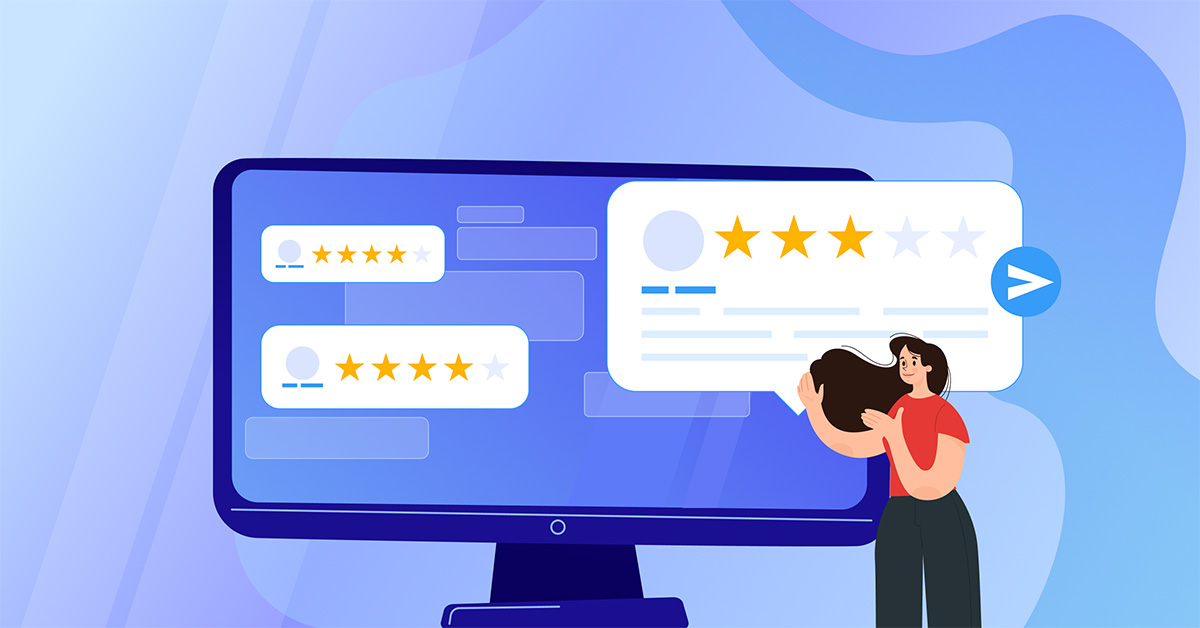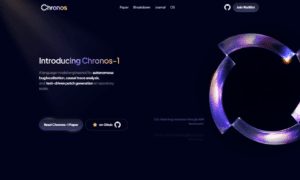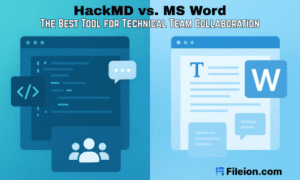Customer reviews often shape first impressions and influence buying decisions. Just a few recent comments can impact how people see your business.
Feedback comes from many platforms like Google, Facebook, and Yelp, making it tough for you to keep track, respond quickly, or even spot common issues without the right tools.
Review management software brings all your reviews into one place. This makes it easier to respond, get insights, and build stronger relationships with your customers.
Let’s take a look at eight review management platforms that help businesses maintain a consistent and strong online reputation in 2025.
Top review management tools to consider
Each of these tools offers different features to help you collect, monitor, and respond to reviews efficiently. Some are best suited for retail, while others are ideal for multi-location businesses.
1. Birdeye
Birdeye Reviews AI helps multi-location businesses manage their online reputation by automatically requesting, responding to, and promoting reviews. Covering over 200 sites like Google, Facebook, and Yelp, Birdeye gives you a clear picture of what customers think and cuts down on manual work.
Key features:
- Automatically responds to reviews and offers data-driven suggestions to improve reputation
- Boosts review volume with CRM-powered automated requests
- Tracks feedback from 200+ platforms in one dashboard
- Delivers on-brand AI-powered responses at scale in a human-like tone
- Highlights top reviews with summaries on your website
- Converts standout reviews into engaging social posts
- Measures review performance across locations using ratings, volume, and response rates
- Uses AI to compare your reviews with competitors and suggest improvements
Pros
- Birdeye brings reviews, messaging, listings, and social media into one easy-to-use platform.
- It uses AI to write on-brand replies, summarize reviews, and suggest areas for improvement.
- You can generate more reviews by automatically reaching out to customers via CRM or email.
- The platform supports replies in multiple languages and across multiple locations.
- You can track your competitors and get insights to strengthen your own review strategy.
Cons
- With so many features available, it may take time to fully explore and use them effectively.
- If you use niche software, you might need tools like Zapier to set up integrations.
Useful for: Businesses looking for one platform to manage all reviews and reply to them quickly.
2. Yotpo
Yotpo is built for online retailers. It helps collect product reviews and display them where shoppers can see them. It also sends review requests based on customer behavior.
Key features:
- Review collection across e-commerce sites and social platforms
- Brilliant timing for review invites
- Loyalty and referral programs included
- Option to show reviews on product pages
- Sentiment insights and reporting tools
- Visual UGC tools like photo and video reviews
- Seamless integrations with Shopify, BigCommerce, and WooCommerce
Pros
- Yotpo integrates seamlessly with Shopify and other popular eCommerce platforms.
- It allows customers to leave photo and video reviews that build buyer confidence.
- Review requests are automatically sent at the right time after each purchase.
- You can create loyalty programs and referral campaigns directly from the same platform.
Cons
- Pricing can become expensive if you add multiple advanced features.
- The platform is best suited for product reviews, not for service-based businesses.
Useful for: Online stores looking to build trust and encourage repeat business.
3. Brand24
Brand24 monitors what people are saying about your brand across review sites and social media platforms. You can set alerts to respond quickly and compare your performance with others.
Key features:
- Real-time tracking of reviews and mentions
- Sentiment alerts and trend data
- Exportable dashboards
- Tools to compare with competitors
- Insights from social conversations
Pros
- You receive real-time alerts whenever someone mentions your brand online.
- The tool monitors your competitors and compares their online presence with yours.
- Reports are easy to read and highlight sentiment trends and key talking points.
Cons
- Brand24 does not offer tools to help you collect or respond to reviews.
- It lacks automation for managing or replying to customer feedback.
Useful for: Spotting praise, concerns, and patterns early on.
4. ReviewFlowz
ReviewFlowz is built for SaaS teams. It collects reviews from various sources and shares alerts through tools like Slack or email, allowing teams to respond promptly.
Key features:
- Collects reviews from multiple sources
- Sends instant notifications
- AI suggestions for replies
- Tracks trends and patterns
- Widgets to display reviews on your site
Pros
- You can receive instant review notifications via Slack, Teams, or email.
- AI-powered response suggestions save time and help you stay on brand.
- The tool offers simple widgets to showcase reviews directly on your website.
Cons
- It does not provide advanced dashboards or in-depth performance reporting.
- The number of integrations is limited compared to larger review platforms.
Useful for: Companies that want feedback to reach their teams instantly.
5. Center AI
Center AI is designed for businesses with several locations. It pulls reviews from platforms like Google and Apple Maps into a single dashboard, making everything easy to review and manage.
Key features:
- Organizes reviews by location
- AI insights to guide next steps
- Response templates
- Business listing and SEO support
- Tools for bulk review management
Pros
- You can organize reviews by location and manage them all from a single dashboard.
- Bulk reply tools and templates help you save time when responding to reviews.
- It also offers business listing management along with review features.
Cons
- Some advanced features may only be available in higher-tier plans.
- The platform focuses on core functions and may lack broader AI-driven insights.
Useful for: Teams handling feedback across many storefronts.
6. AskNicely
AskNicely focuses on customer satisfaction. It utilizes NPS and other surveys to gauge customer experience and can send review requests based on the feedback received.
Key features:
- Runs NPS and CSAT surveys
- Sends review requests after positive responses
- Real-time dashboards
- Integrates with CRMs and help desk tools
- Filters to target the right customer groups
Pros
- AskNicely automates NPS surveys to collect timely feedback from customers.
- You can trigger real-time alerts for negative scores and route them to the right teams.
- It links feedback to individual employees or teams, making performance improvement more actionable.
Cons
- The platform is focused on surveys and NPS, so it doesn’t manage public review platforms.
- It may not be ideal if your goal is to increase Google reviews or respond publicly.
Useful for: Service-based businesses looking to improve their operations based on direct feedback.
7. Sprinklr Social
Sprinklr Social consolidates reviews, ratings, and messages across multiple platforms. Its AI tools scan for issues and patterns, helping teams respond sooner.
Key features:
- Combines reviews and social channels in one view
- AI alerts and trend tracking
- Reporting for team and brand performance
- Monitors reviews, messages, and mentions across channels
Pros
- Sprinklr supports review management across major sites, along with social media, all from one dashboard.
- It offers advanced workflow tools for assigning, tracking, and responding to customer feedback at scale.
Cons
- The platform can be overwhelming and costly for small or mid-sized businesses.
- It requires setup and training time to use it effectively due to its complexity and feature depth.
Useful for: Larger brands with teams handling a lot of feedback.
8. G2
G2 focuses on verified software reviews. It’s trusted by B2B and SaaS companies to collect feedback and compare performance across vendors.
Key features:
- Verified customer reviews by software type
- Performance benchmarking
- Custom reporting tools
- Side-by-side vendor comparisons
- Response tools for feedback follow-up
Pros
- G2 reviews help boost credibility and influence purchase decisions for B2B buyers.
- It offers seller tools to manage your profile, respond to reviews, and highlight customer quotes.
Cons
- It’s focused only on software and tech services, so not useful for local or non-B2B businesses.
- G2’s seller tools can get expensive, especially for startups or small teams.
Useful for: Tech companies wanting to improve their products and attract new users through real reviews.
Why AI matters in review management
Managing reviews across platforms can quickly become overwhelming. AI helps simplify the process by organizing feedback, identifying trends, and reducing time spent on repetitive tasks.
Here’s how it supports better review management:
1. Instant alerts and faster replies
AI tools track reviews across platforms and send real-time notifications. Some can even suggest responses, making it easier for teams to reply right away.
2. Tone and sentiment detection
AI can read the tone of each review and sort them as positive, neutral, or negative. That helps prioritize responses and spot areas that need attention.
3. Smarter, tailored replies
AI can suggest replies that match the reviewer’s tone and mention key points. That creates a more personal experience without extra manual work.
4. Recognizing patterns and issues early
When reviews mention the same issue repeatedly, AI can catch it. That allows teams to address problems before they affect more customers.
5. Streamlined review management
Many AI tools bring tracking, analysis, and replies into a single dashboard. That reduces back-and-forth and keeps review processes simple.
Overall, AI helps businesses manage reviews consistently, efficiently, and in line with their brand, especially when feedback comes from many sources.
Picking a review tool that fits your business
Reviews influence how people view your business across search engines and social platforms. Without a proper way to manage them, it becomes difficult to catch important feedback or respond promptly.
Each software listed above supports different use cases. Some focus on e-commerce, while others are better suited for service providers or businesses with multiple locations.
Start by understanding your review volume, where your customers leave feedback, and how quickly you want to follow up. Then, choose a platform that helps you organize, respond to, and improve based on what customers share.




































